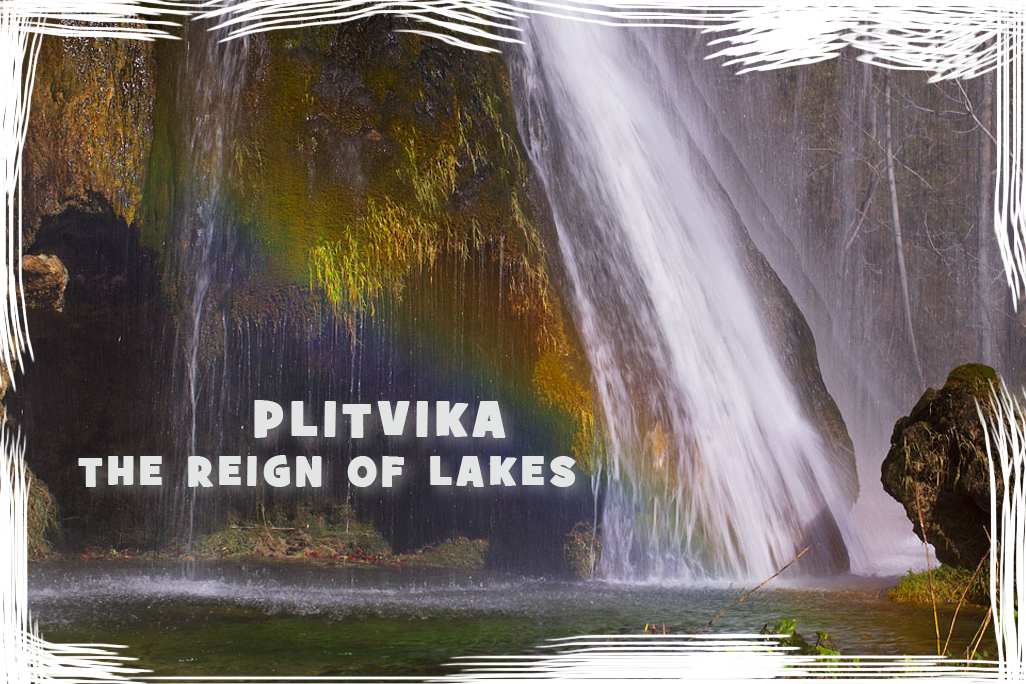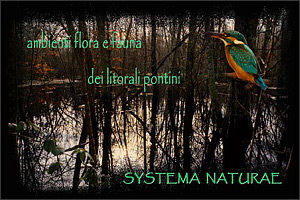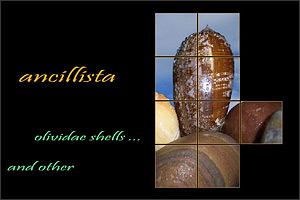 |
The Plitvice Lakes (Plitvička jezera) is the oldest and largest national park in the Republic of Croatia. Strait between the Mala Kapela mountain range to the west and north-west and the Lička Plješivica to the southeast, administratively speaking, it is part of the Lika-Senj County (90.7%) and the Karlovac County (9.3% ).
This territory of extraordinary beauty has always attracted nature lovers: hence its establishment in the first national park of Croatia, officially took place on 8 April 1949. The process of sedimentation of limestone, responsible for the formation of tufaceous barriers and lakes, represents a unique and universal value. For this reason the Plitvice Lakes, October 26, 1979, have been inscribed on the UNESCO list of World Heritage Sites, thus receiving the deserved international consecration. The area of the national park was expanded in 1997 and today occupies an area of just under 300 km2. The park is mostly covered with forest vegetation, to a lesser extent by meadows. The most attractive tourist part - the lake part - occupies a little less than 1% of its total area.
The lake complex consists of 16 lakes (jezera in Croatian) and a host of other smaller stretches of water, all arranged in cascades. Different for geological substratum and hydrogeological conditions, the lake system of the park is divided into Upper Lakes (Gornja) and Lower Lakes (Donja). The twelve Upper Lakes, born on impermeable Dolomite rocks, respond to the name of Prošćansko (jezero), Ciginovac, Okrugljak, Batinovac, Veliko jezero, Malo (jezero), Vir, Galovac, Milino (jezero), Gradinsko (jezero), Burget and Kozjak. The Upper Lakes (Gornja) are larger and have more jagged and docile shores than those of the Lower Lakes. The latter (called Milanovac, Gavanovac, Kaluđerovac and Novakovića Brod) lie, instead, on the permeable limestone rock of the steep walls of a very narrow gorge. They pour their water, through imposing waterfalls called Sastavci, on the bed of the Korana river, which flows into the valley below.
The Plitvička jezera National Park, open all year round, offers its visitors seven programs dedicated to the lake complex and four mountain hiking trails. Anyone visiting the park must follow the instructions indicated in the information boards. In addition to never straying from signposted paths, you must avoid leaving a trace of your passage; for this reason in the park it is forbidden to throw waste on the ground, to mark the territory or to destroy it in any other way.
| Copyright © JU NP Plitvička jezera, 2017. |
|
 |

The tour will take place in the district of the Plitvice Lakes National Park, in the northern part of Croatia.
During the two-day visit to the park we will follow the hikes, dirt roads but almost always on comfortable wood walkways, when crossing the lakes. Integrated into the various routes (programs), some sections will be traveled on electric trains or on the ferries that associate the lakes.
The paths are always in an excellent state of conservation and do not present the slightest difficulty in practicability. Every now and then there are comfortable eating areas where you can refresh. |
|

We are in one of the places indicated by many as one of the most beautiful and unique in the world so much to be today an UNESCO World Heritage Site.
It is an enchanted world with one and only master, water and one and only law, its movement.
The photograph that will be realized in this place must, therefore, be a compendium of all those techniques used to photograph the water and its movement: tripod and ND filters will therefore be essential as well as the wide-angle lenses. Not to forget a medium tele-zoom to portray the farthest corners and to isolate the details of the landscape.
Here we have water all around, under the feet and above the head for which particular attention will be paid to the protection of the equipment. |
|
 |
 |
|
 |
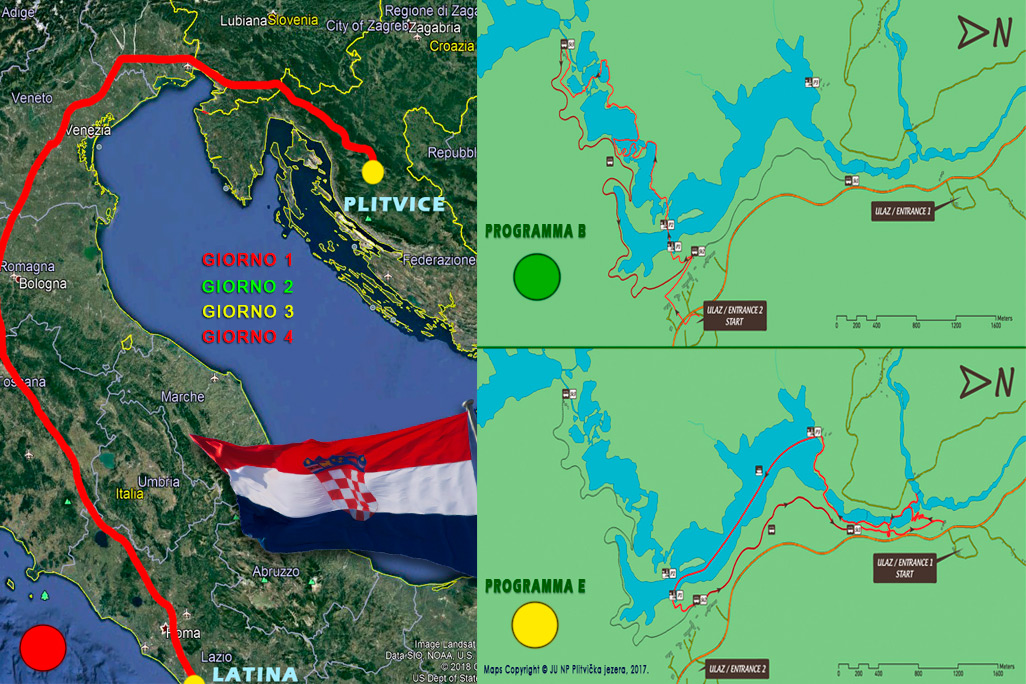 |
The journey that will take us to Coazia will be 1200 km long but the most of them on motorways or in provincial or local roads, almost always in the best conditions and easy to travel. The last part, in particular, will be traversed through areas where time seems to have stopped.
Once we reach the Plitvice Lakes National Park, it will be presented in all its splendor and will offer us innumerable solutions for our visits. There are various programs (tours) offered by the park, which involve the use of ferries and electric trains. |

|
|
 |
 |
Plitvice's climate
The climate of Plitvice is typically continental, therefore characterized by strong temperature variations between summers and winters. The average annual temperature is kept just under 10 °, with peaks in July and August, when the averages reach 20 ° and the maximum can easily reach 30°. In winter the cold becomes pungent. Average temperatures remain close to 0 between the beginning of December and the beginning of February, with minimums that frequently fall below -6 ° -7 °. The rains are present all year round, even if there is a certain predominance in the autumn accumulations (October and November), when they touch tips of 140-160 mm per month, compared to the relatively more rainy periods, January and February, which however have values above 100 mm monthly, and with frequent snowfall. Indeed winter, with waterfalls and often frozen lakes, and forests covered with frost and snow, could be an opportunity to see the lakes with an aspect that is particularly different from the usual summer.
|
|
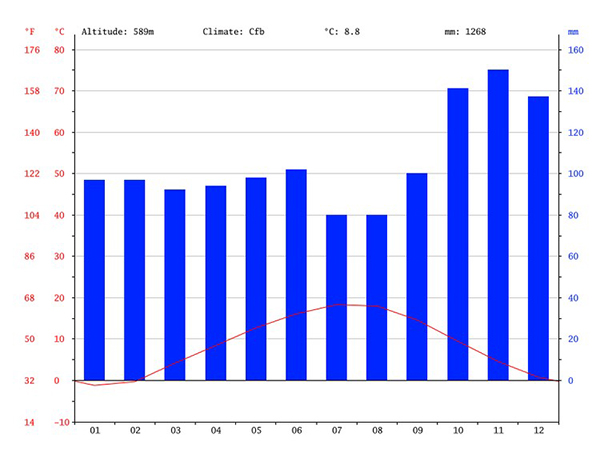
| |
|
temperature estive |
|
insolazione |
| |
|
temperature invernali |
|
piovosità |
|

|
|
The climate and photography
We certainly will not have much dust. What we will find in abundance will be water in all its forms. In particular we will have to defend ourselves from:
Condensation - especially at night and in the dawns
Water spray - will be everywhere on the thousand waterfalls we will see on the beaches.
In view of all this, it is absolutely advisable to use a plastic cover to protect the equipment during the operating phases, as specified in the actual section of the equipment.
|
How to dress
The climate in Plitvice, at this time of the year, will not give us much problems, even if at this time of the year the intensity of precipitation begins to increase.
The main feature that must have our clothing, considering that we will be surrounded by water on all sides, will be, therefore, that of having to preserve us from the nebulized water.
As always, it would then be advisable to dress in overlapping layers (so to speak "onion").
Some advice on clothing analytically:
Internal t-shirts
Do not contact your skin with cotton t-shirts:
It's the most wrong thing you can do. In fact, these are impregnated with sweat and then freeze on them.
It is necessary to use internal thermal shirts that let the skin breathe and protect from the cold.
There are thermal clothing of all kinds: t-shirts, pants, slippers, socks, gloves, etc.
Sweaters
The most insulating in absolute are those of Pile. The ideal would be to have a couple of different heaviness.
K-way
A garment that must not be missing is a K-Way or a light raincoat.
Windbreaker
We are continental Europe so we must consider the possibility of sudden temperature drop. A windbreaker is therefore advisable.
Umbrella
A small foldable umbrella is recommended. Not so much to protect us as much as the equipment if we were to shoot in the presence of rain.
Poncho
It is an excellent solution against water spray also because under it we can also protect the equipment.
Waterproof boots
A good pair of trekking boots, better if waterproof, should be the basis of every set of clothing.
In this case it is advisable to take care that the sole is non-slip as we will walk on catwalks and paths always wet or humid.
|
|
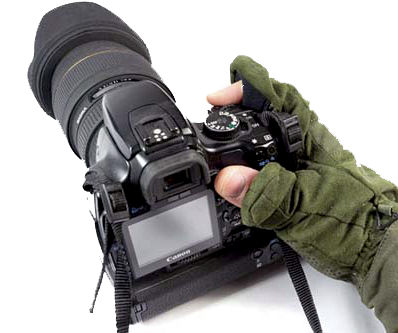 |
 |
| Photographer gloves |
K-way |
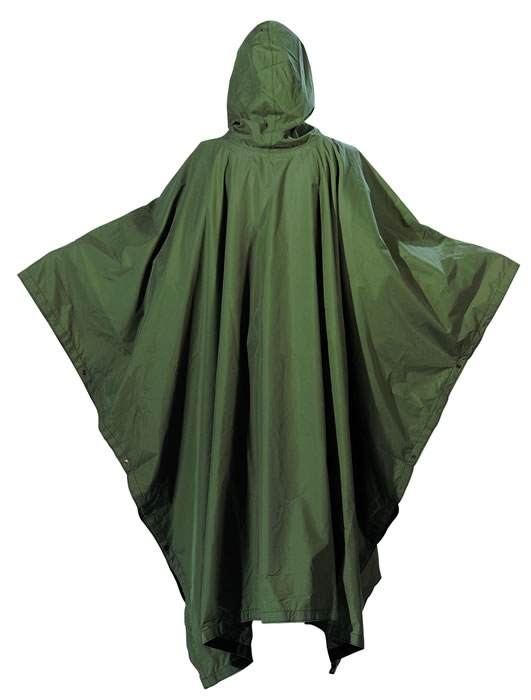 |
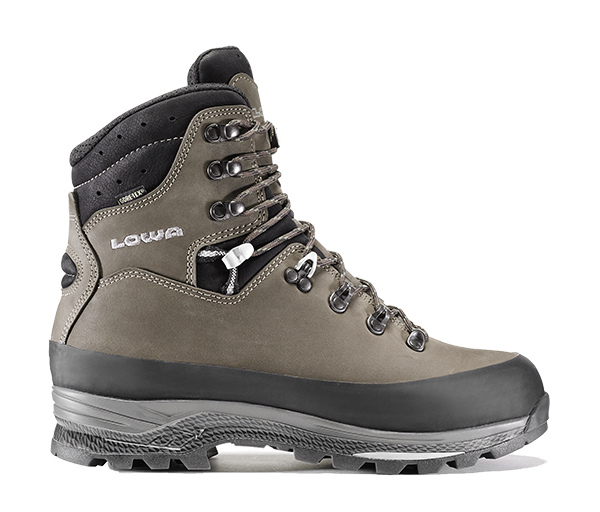 |
| Poncho |
Antislip boots |

|
|
 |
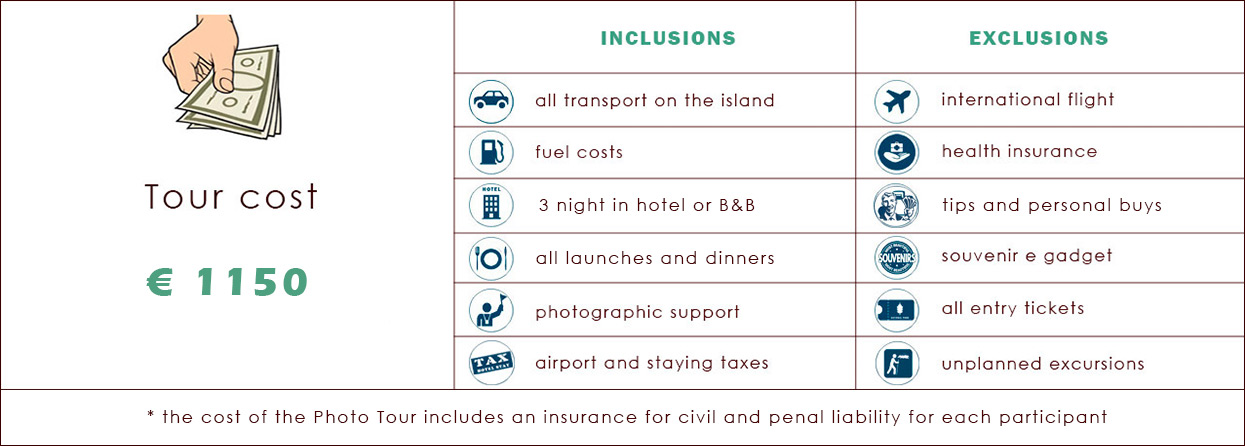
| PRENOTATION SITUATION |
| P1 |
guide |
P4 |
free |
P7 |
free |
|
|
| P2 |
sold |
P5 |
free |
P8 |
free |
|
|
| P3 |
free |
P6 |
free |
P9 |
free |
|
|
|

Voluntary drivers
As a mini van will be rent for travel, we will need to indicate a second driver in addition to the driver of Adventure Photo Tour. The participant who will propose for this task will receive a discount of € 150 on the cost of travel. Presumably he will never have to drive but for any eventuality he will have to give his availability after signing a declaration. The guide in Iceland does not present particular difficulties because the spaces are immense and the cars are few. A bit of effort is required only in any off-road. |
|

Healt Insurance & Release
It is strongly recommended to stipulate a health insurance valid for the country in which you go. This regardless of the type or difficulty of the trip. Participants can take out their own insurance or take advantage of the insurance plan proposed by Adventure. The cost of the insurance is not included in the cost of the tour.
All participants will be subjected to a (compulsory) release that releases the organization from health responsibilities.
|
|
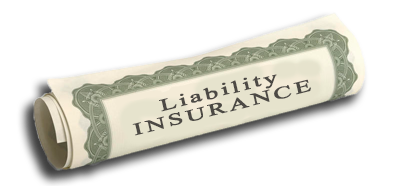
Civil and Penal Liability Insurance
For each of the participants of the Adventure Photo Tour, a Civil and Penal Responsibility Insurance is stipulated, the details of which are indicated in the appropriate form accessible from the button below.
|
|
|

|
 |
As previously mentioned, the almost absolute type of photography that we will make in this place will mainly concern landscape photography: So it will be good to provide equipment for such photography starting from a sturdy tripod.
The other variable that we will have to consider is, of course, nebulized water, so it is clear that, if we do not have tropicalized bodies and objectives, we will have to provide protection systems, perhaps with covers or plastic sheeting. Not to forget, then, an "abundant" supply of cleaning cloths, or better, the drying of the objectives. Probably we'll have the opportunity to take photographs of small animals and this is because in this area there is a significant presence of amphibians such as dalmatina frog or ocellated salamander. |
 |
|
 |
main camera body |
 |
secondary camera body |
 |
wide lens like 16-35 mm or 24-70 mm (landscape) |
 |
tele lens zoom like 70-200 mm or 24-105 mm (landscape details) |
 |
teleconverter 1,5 x (to connect with 70-200 for little animals and details) |
 |
tripod |
 |
remote camera controller |
 |
strobo |
 |
ND and polarizer filters |
 |
batteries in advance |
|
|
 |
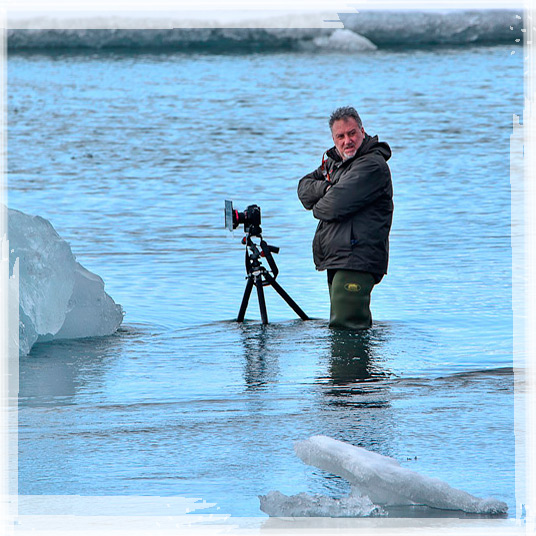
|
|

|
You will be accompanied on this tour by Alberto B. Scalia.
Alberto has a remarkable experience in the countries of northern Europe he has known for many years and he loves absolutely.
He has been a naturalist photographer for many years, has shot the world in search of exclusive landscapes and animals, building an enviable background of enlightenment.
Teacher in naturalistic photography in Latina, engaged in teaching naturalistic themes in schools of all levels, publics and private. Administrator in the organization and curating of international and national events such as exhibitions, photo competitions and cultural events, says about photography: "What the photographer has to have is passion in the experimentation. You should not be afraid to explore different or complicated roads. What pleases me more a beautiful photo taken is to convey the passion I put in that shot to a student who tomorrow will do likewise with someone else. " |
|
|
| |
* Important notice- disclaimer
|
| * |
The itineraries, costs and details of the Photo Tour will be subject to variations for all the causes that are independent of the organization's will, such as natural disasters and consequent flight displacement, variation of rates and taxes, modification of the tour plan etc.
Any variation will however be communicated as soon as possible to the participants. |
| * |
The Photo Tour will subjet to variationsin regardless to the commercial policies of Air Companies and Rental operators.
Every change will be communicated to partecipants with adequate advance. |
| |
|

|
|

























